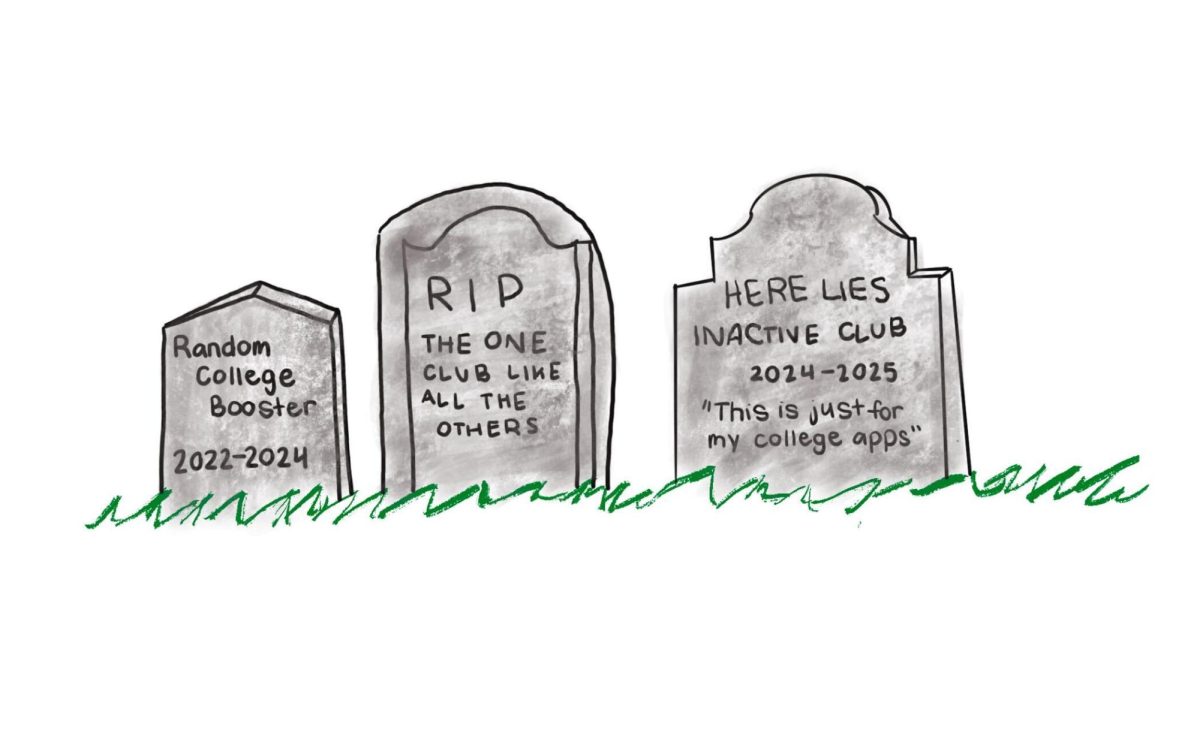All over campus, you can probably spot a guy sipping his matcha for the performative aesthetic, tote bag over his shoulder, Clairo playing in his wired headphones and maybe a Dubai chocolate Labubu hanging off his jorts—or some variation that takes inspiration from this look. He’s in a collared shirt or knitted sweatshirt, blue-light glasses and holding “Pride and Prejudice” by Jane Austin for show.
Performative males are men who curate their entire aesthetic and behavior to appear more attractive inauthentically. The term has become more commonly associated with a social media trend among Gen Z, with influencers capitalizing on this new look to gain traction from followers.
If you think about how far the idea of masculinity has shifted, it’s a pretty striking image. I still remember social media in 2020 and how men would post “gym bro” thirst traps all about bulking, protein shakes or motivational quotes, a performance rooted in toxic masculinity. The male stereotype was once to be tough, earn high wages and keep emotions locked up. That was the performance older generations grew up with. Fast forward to contemporary society: Gen-Z men are curating entire personas for show on social media.
I think it’s pretty humorous honestly. It’s a good thing. It’s refreshing to see men step outside toxic masculinity. Even if some parts of it feel repetitive, the same outfit, same books or same vibe, it means that men are more comfortable embracing and indulging in the soft, clean aesthetic and stepping into spaces once labeled strictly “feminine.”
This trend reflects this generation’s habit of building identity through aesthetics—as we’ve seen through cottagecore, dark or light academia and now this performative male look—and it’s pretty inspirational to see it accepted into the public without being mocked. I hope that more people are taking this performance as a chance to show the public their genuine interests.
In the end, I see this trend as a prospective step forward because masculinity is no longer viewed as stoicism or nonchalance but rather style, taste and some point of vulnerability. Whether that comes from genuine passion for the look or TikTok algorithms, it doesn’t matter; what matters is that men are finally free to step outside their old script and write a softer performance.








